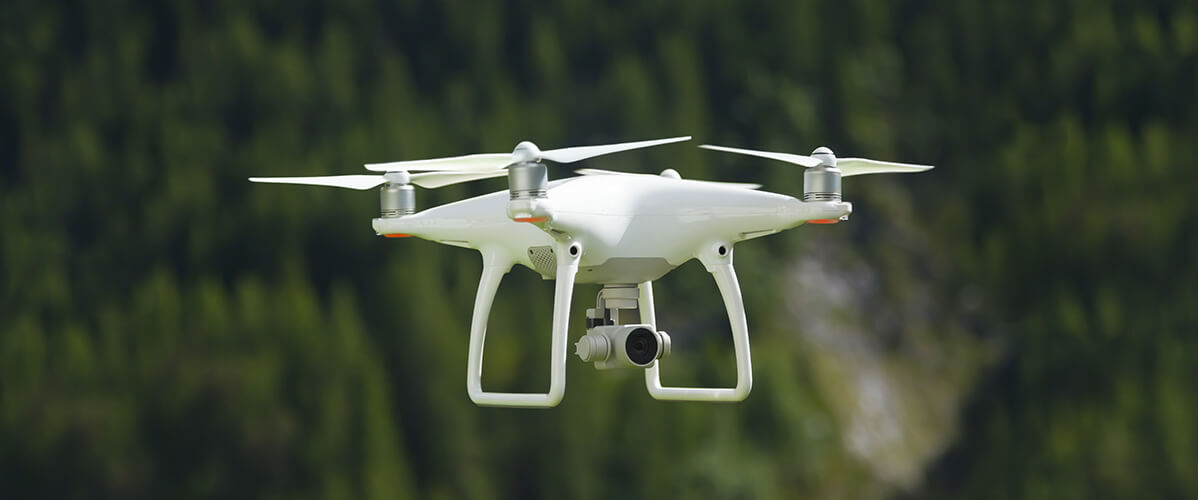Ukraine Marks 1,000 Days of War with Russia, Eyes New Military Advancements
Ukraine reached a grim milestone on Tuesday, observing 1,000 days since Russian President Vladimir Putin launched what he called a “special military operation” on February 22, 2022. This has become the largest military conflict Europe has witnessed since World War II, evoking stark memories of the past while also introducing new warfare dynamics.
The Harrowing Reality of War
The ongoing war in Ukraine does not just mirror the scale of historic conflicts; it revisits the heartbreak and human tragedy synonymous with warfare. In the invasion’s early days, families were forced to send their children away on crowded trains, while the landscape of eastern Ukraine became a patchwork of trenches and battle scars. Entire cities have been reduced to ruins under the weight of relentless bombardments from air, land, and sea.
As the conflict drags on, it presents a model of modern warfare that diverges from traditional methods, chiefly through the increased use of low-cost drones targeting urban centers, troop formations, and high-value military assets. This transformation signifies a pivotal shift in how contemporary battles are fought.
Zelenskyy’s Ambitious Military Production Plans
Amid the sobering anniversary, Ukrainian President Volodymyr Zelenskyy announced a comprehensive plan to enhance the country’s military capabilities. This initiative aims to significantly ramp up the production of long-range drones and missiles, a response to ongoing artillery shortages and rising uncertainties surrounding U.S. military support as the Biden administration nears a transition period in January 2025.
According to reports from The Kyiv Independent, Ukraine is looking to manufacture approximately 30,000 long-range drones and 3,000 cruise missiles next year, along with “drone-missile hybrids.” These upgrades are designed to provide Ukraine with a tactical advantage over Russian forces as the conflict continues to evolve.
A Strategic Policy Shift in U.S. Military Assistance
Just days before this announcement, a significant policy shift occurred when the Biden administration approved Ukraine’s utilization of U.S.-supplied Army Tactical Missile Systems (ATACMS) to target Russian military assets. This development was brought into focus when Ukraine executed its first strike using these systems on a military arsenal in Karachev—located over 70 miles from Ukraine’s border in the Bryansk region.
Previously, the U.S. had been hesitant to allow Ukraine to use American weaponry for strikes within Russia, concerned that such actions could escalate the conflict. However, this recent authorization indicates a notable departure from that cautious stance.
Western Support and Speculation on Military Aid
Critics of the U.S. strategy have long argued that delaying the provision of essential military capabilities—such as tanks, fighter jets, and long-range missiles—has prolonged the war unnecessarily. Analysts speculate that with the restrictions on ATACMS lifted, other Western allies, including the U.K. and France, may soon follow suit in providing unrestricted access to their long-range missile systems, including the Storm Shadow and SCALP missiles.
During a recent speech at the G-20 summit, British Prime Minister Keir Starmer emphasized the U.K.’s commitment to bolstering Ukraine’s defense, stating, “We need to double down” on assistance. While the British Ministry of Defense has not confirmed any changes to strike restrictions, Starmer’s remarks reflect a continued resolve to support Ukraine amid evolving dynamics.
Evaluating the Impact of New Capabilities
Despite ongoing support, the actual effect of the new military capabilities on the conflict remains uncertain. The Institute for the Study of War (ISW) has reported that “hundreds of known Russian military and paramilitary objects” are now within the targeting range of ATACMS. Reports suggest at least 245 military targets are vulnerable, which could severely disrupt Russian logistics and operational strategies.
In response to the enhanced threat from Western-supplied long-range missiles, Russian military forces have reportedly relocated critical air assets—particularly those capable of deploying glide bombs—out of range. Nevertheless, ISW asserts that key Russian targets still remain exposed, and it appears no significant reorganization of Russian logistics has yet occurred.
Heightening Nuclear Concerns
Amid these tactical developments, President Putin has alarmingly lowered Russia’s threshold for nuclear weapon usage, prompting fears of escalating tensions that could envelop both nations as they vie for favorable positions in negotiations. This maneuver appears driven by considerations surrounding potential shifts in U.S. policy, particularly with the specter of a possible Trump presidency looming in the 2024 elections.
A notable incident that may have influenced the Biden administration’s decision to allow ATACMS use was the reported deployment of approximately 12,000 North Korean troops to Russia, with a significant number actively engaged in combat operations against Ukraine in the Kursk region. Moreover, Iran’s ongoing support for Russia’s drone supply, along with rising geopolitical uncertainties in the Middle East, contributes to the escalating tensions in the region.
Looking Ahead
As 2024 approaches, the potential for changes in U.S. military aid policies and NATO relationships under a different administration raises critical questions about the future course of support for Ukraine. These dilemmas have driven the Biden administration to proactively secure Ukraine’s readiness for any shifts, ensuring that Kyiv remains prepared amid an increasingly fraught geopolitical landscape.
In marking 1,000 days of conflict, Ukraine stands at a pivotal juncture, confronting the past’s challenges while actively preparing for the future’s uncertainties. The resilience of the Ukrainian people continues to shine through, as do the complexities of modern warfare in this ongoing struggle for sovereignty and security.
